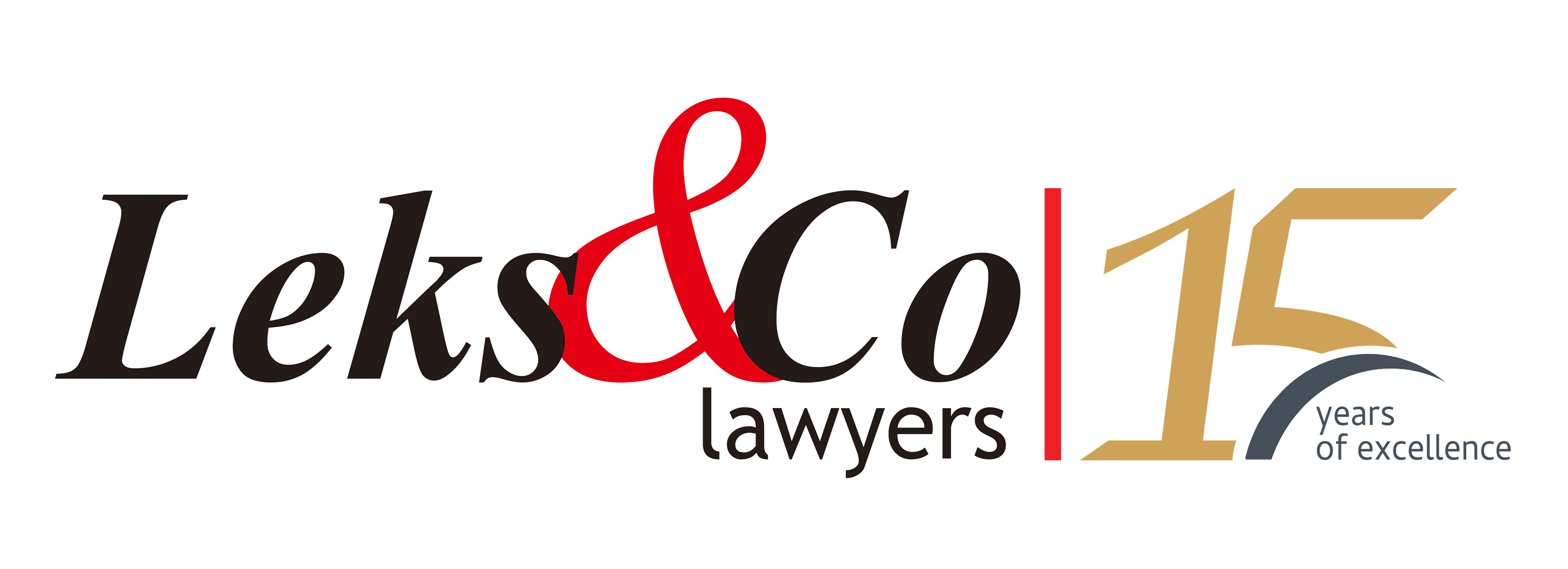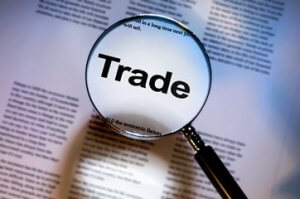Under Law No. 20 of 2016 on Mark and Geographical Indication (“Trademark Law”), the trademark application is rejected if the trademark is similar in whole or in essential part to another’s well-known trademark (i) in the similar goods or services, or (ii) not in the similar goods or services, provided that the well-known trademark meets certain requirements.
The rejection of trademark application due to the similarity of another’s well-known trademark must be made by considering:
- community knowledge of the trademark in its business field;
- reputation of the trademark based on massive and intense promotion of the trademark;
- investment made by the trademark holder in several countries; and
- evidences of registration of trademark in several countries.
As the basis of rejection, the Commercial Court may also instruct an independent institution to conduct survey to the trademark in order to find out whether or not the trademark can be categorized as well-known trademark.
Criteria of Well-Known Trademark
Further provisions on criteria of well-known trademark are regulated under Minister Law and Human Rights No. 67 of 2016 on Mark Registration (“MOLHR Regulation No. 67/2016”). The criteria basically same in principle with the provisions of Trademark Law. The MOLHR Regulation No. 67/2016 however regulates further details on some provisions that have not been explained in the Trademark Law. The community knowledge means the knowledge of community as consumer or community in general who have good relationship on the level of production, distribution or sale of goods/services that are covered by the well-known trademark.
Under the MOHLR Regulation No. 67/2016, the determination of well-known trademark must be made by considering several factors as follows:
- level of community knowledge or recognition towards the trademark in its business field;
- sale volume of goods or services and profit obtained by its owner from the use of trademark;
- market share dominated by the trademark in relation to the circulation of goods or services in the community;
- range area of the trademark usage;
- intensity and promotion of trademark, including investment value made for promoting the trademark;
- trademark registration in other countries;
- success rate of trademark enforcement, especially the acknowledgment of the trademark as well-known trademark by competent authorities; or
- value of trademark gained from the reputation and quality guarantee of goods or services covered by the trademark.
The MOHLR Regulation No. 67/2016 also provides further provisions of certain requirements as the basis of rejection of trademark application, if the trademark application is similar in whole or in essential part to another’s well-known trademark, but not in the similar goods or services. The certain requirements are (i) there is an objection letter made by the owner of well-known trademark towards the application, and (ii) the well-known trademark has been registered in Indonesia.
Ivor Pasaribu








